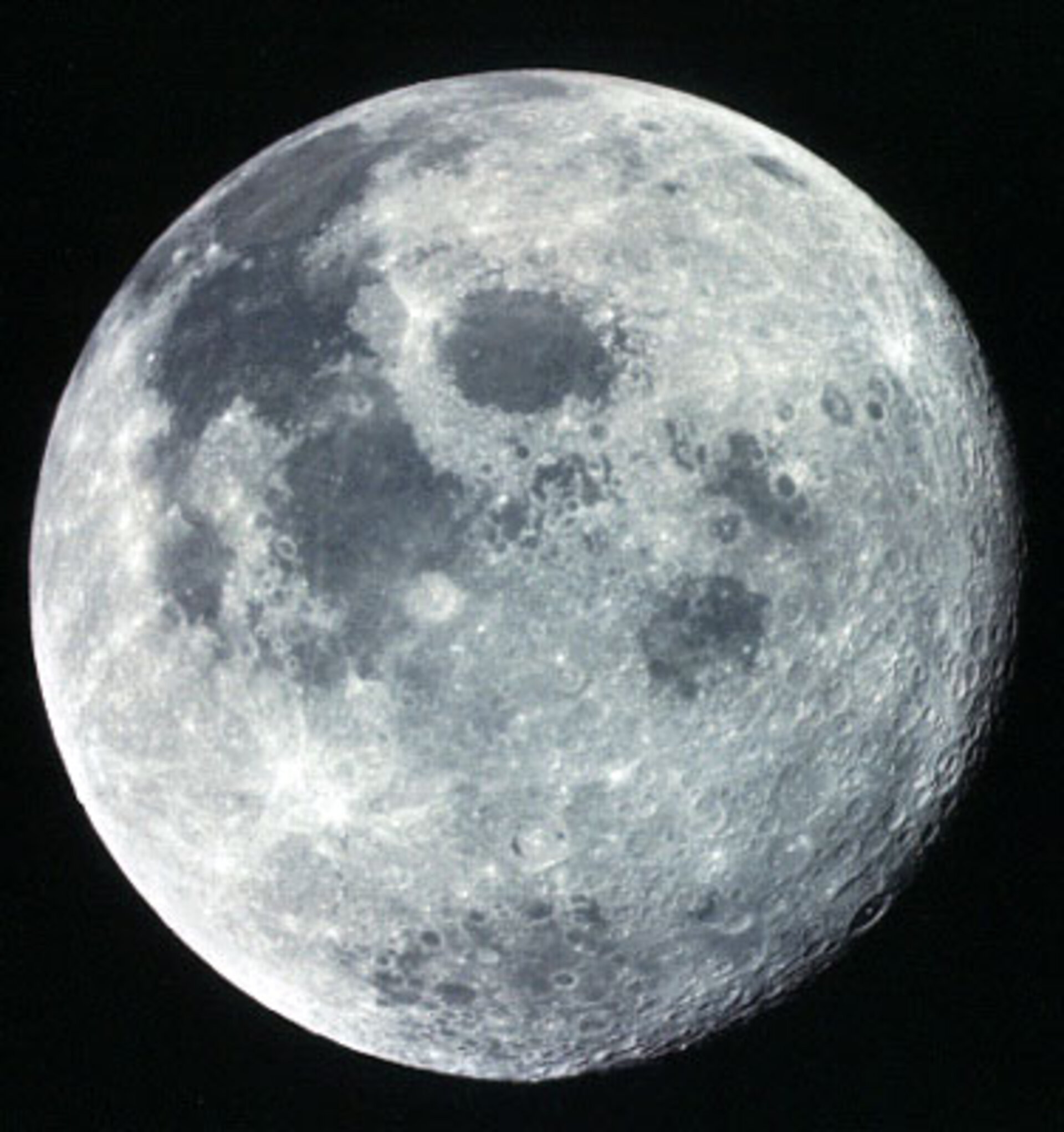The Moon
"If space is an ocean," says ESA's Franco Ongaro, "then the Moon is our nearest island." It's an island that last saw human visitors in December, 1972, when the final Apollo mission came home from the Taurus-Littrow highlands. ESA's Aurora Programme might well see people back on lunar soil.
New data from 1990s space missions have made the Moon more attractive than in the Apollo days: there have been strong hints that water might exist in the permanent shadow of deep polar craters. As a resource, lunar water could cut the cost of living dramatically for lunar explorers, since otherwise supplies would have to come all the way from Earth - at a price of anything up to 20,000 Euros per litre. It would also make a lunar "fuel factory" a real possibility. There is plenty of oxygen bound up in the Moon's rocks, but little or no hydrogen. Even a modest water supply could guarantee an in-situ source of cheap rocket propellant.

Lunar water has a strong scientific interest, too. Where does it come from? Cometary impacts are the most likely source. Since comets consist of material left over from the formation of the solar system 4.7 billion years ago, scientists are keen to get their hands on some samples. It would be far easier to pick them up from the lunar surface than to send a spacecraft hundreds of millions of kilometres to a comet rendezvous.
Not that a return to the Moon could really be described as "easy". For a start, Europe will have to develop its own soft-landing technologies for the preliminary robot missions. A polar lander would require remote units capable of exploring the sunless depths of likely water-bearing craters, so the project will need very advanced communications.
Finally, we will have to test and develop the systems and spacecraft that will carry men and women to the Moon - and support them there. For an Aurora Moon mission would be very different from the Apollo flights thirty years ago. Apollo was a brilliant achievement, but its primary goal was simply to reach the Moon before the Russians. The later Apollo missions managed to squeeze a remarkable amount of science into their brief visits, but even Apollo 17, the final mission and the only one to carry a trained scientist, had to leave the lunar surface after just 75 hours.
The Apollo lunar crews accurately described themselves as "moonwalkers". Future crews would be moon investigators, with the time and facilities to perform some real lunar science. The missions might involve some practical engineering, too: ideally, they would use lunar materials to build a long-term habitat, and "mine" lunar water to provide in-situ supplies of air and fuel.
The biggest difference between a future mission to the Moon and the Apollo adventure is that for Aurora the Moon is not an end in itself. The skills, technologies and experience acquired on lunar expeditions would be enormously valuable - and possibly essential - for the programme's next strides forward: onward and outward to Mars and beyond.


